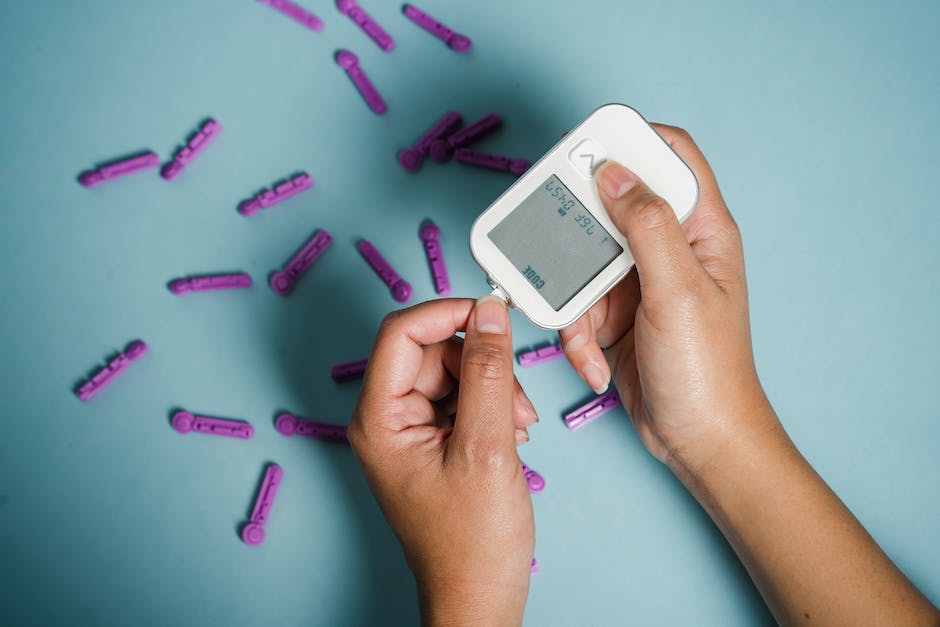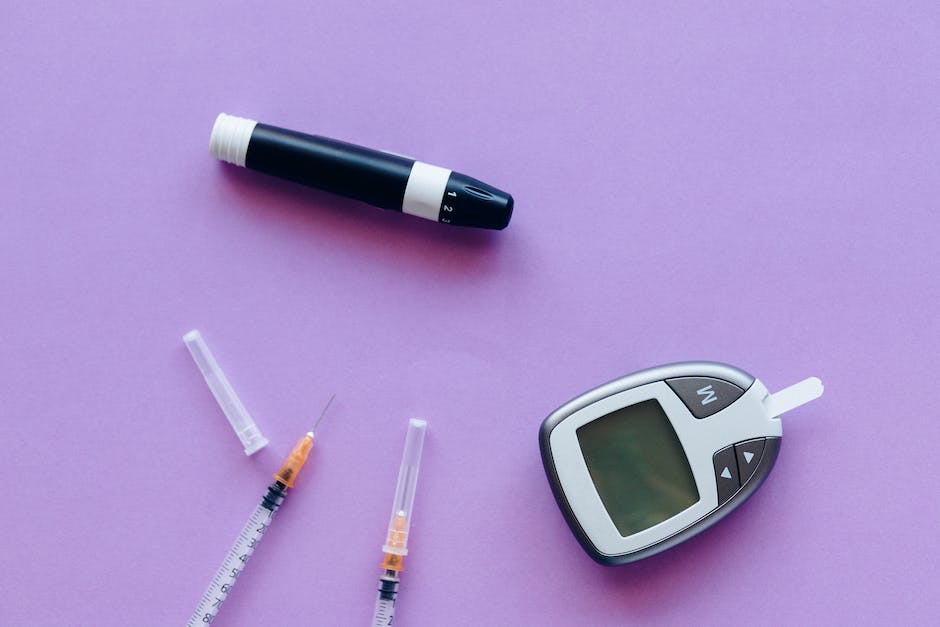Diabetic Ketoacidosis, commonly referred to as DKA, is a severe metabolic disorder that could potentially threaten the lives of Type 2 Diabetic patients. An understanding of the intricacies of DKA, its pitfalls, symptoms, and the direct link to Type 2 Diabetes is of significant importance in our concerted efforts to combat this disease and enhance patients’ life quality. This piece aims to shed light on this critical condition, from understanding its fundamental aspects, clarifying its symbiotic relationship with Type 2 Diabetes, to offering practical guidance on prevention and management.
Understanding DKA
Definition and Causes of Diabetic Ketoacidosis (DKA)
Diabetic Ketoacidosis (DKA) is a serious and potentially life-threatening complication of diabetes, characterized by high blood glucose levels associated with a severe lack of insulin. In type 2 diabetes, the body either doesn’t produce enough insulin or the cells become insulin-resistant. When the body cannot use glucose for energy due to a lack of insulin, it starts to break down fats stored in the body, which produces a waste product called ketones.
Ketones, when produced in high amounts, cause the blood to become more acidic, leading to DKA. Various factors can trigger DKA, including illness or infection, poor management of diabetes, missing regular insulin doses, dehydration, and certain medications.
How DKA Differs from Normal Metabolism
Under normal metabolic conditions, carbohydrates consumed in the diet are broken down into glucose. After it enters the bloodstream, the hormone insulin helps glucose get into the body’s cells, where it’s used for energy. However, diabetes disrupts this process.
When there isn’t enough insulin in the body, glucose cannot enter cells. This results in high blood glucose levels, while cells starve for energy. Consequently, the body starts breaking down fats, leading to the production of ketones. This is not a normal metabolic process and leads to DKA if not promptly addressed.
DKA’s Dangers and Its Symptoms
DKA is dangerous because high ketone levels can poison the body, leading to potentially fatal complications like diabetic coma or, rarely, death. It also can cause damage to the kidney or heart if it’s not treated for an extended period.
Common symptoms of DKA to watch out for include frequent urination, high blood sugar levels, high levels of ketones in urine, pervasive thirst or dry mouth, fatigue, dry or flushed skin, nausea, vomiting or abdominal pain, difficulty breathing, a fruity odor on the breath, and confusion. Recognizing these symptoms early and seeking immediate medical attention is crucial for effective treatment and to prevent serious complications.
The Importance of DKA Early Detection
Recognizing DKA, or Diabetic Ketoacidosis, early is critical in averting severe complications and even potential fatal scenarios. Regularly checking blood sugar and ketone levels is especially crucial for people living with diabetes, notably during periods of illness or when medication changes occur. These precautionary actions ensure that timely interventions and appropriate insulin dosage adjustments are applied, therefore, halting DKA in its tracks.
By gaining a thorough understanding of DKA, its causes, and how to spot its symptoms, those with diabetes can greatly enhance their disease management and avoid serious outcomes. It should be noted that DKA is treatable, and with proper diabetes management and precautions against serious illnesses, the prognosis is very positive. Regular appointments with a healthcare professional are also vital for DKA prevention and overall health maintenance.

The Link Between DKA and Type 2 Diabetes
A Closer Look at DKA (Diabetic Ketoacidosis)
Diabetic Ketoacidosis, more commonly known as DKA, is a serious complication that primarily threatens individuals with Type 1 Diabetes, but can pose a risk for those with Type 2 diabetes as well. DKA arises when the body is unable to effectively utilize the glucose it ingests for energy due to deficient insulin levels. In search of another energy source, the body then starts breaking down fat, a process that releases ketones—an acid variety—into the bloodstream.
Insulin and Type 2 Diabetes
Insulin is a hormone that’s crucial for allowing glucose in the blood to enter cells, providing them with the energy to function. A lack of sufficient insulin or the inability of cells to use insulin can lead to high blood glucose levels, a central characteristic of diabetes.
In Type 2 Diabetes, cells in the body become resistant to the effects of insulin—a condition referred to as insulin resistance—and the pancreas cannot make enough additional insulin to overcome this resistance. As a result, glucose builds up in the blood instead of being absorbed by the cells.
Role of Insulin in DKA
The lack of sufficient insulin thus disrupts the careful balance of hormones and glucose in the body. Concurrently, the body begins to break down fat for energy due to an inability to use glucose effectively. This process increases the level of fatty acids in the bloodstream, which are converted to ketones by the liver. Higher blood levels of ketones lead to increased acidity of the blood, leading to DKA.
Risk of DKA in Type 2 Diabetes
While DKA is more common in individuals with Type 1 Diabetes, people with Type 2 Diabetes are also at risk. This is especially the case when the body is under severe stress or during illnesses—these factors can cause a surge in certain hormones (such as cortisol) that work against insulin, leading to a deficit of effective insulin in the body.
Uncontrolled blood glucose levels in Type 2 Diabetes can also lead to the onset of DKA. This is because despite the presence of insulin, glucose can’t be used effectively, leading to its buildup in the blood. Consequently, the body begins to break down fat into ketones for energy, eventually causing DKA.
Maintaining well-regulated blood glucose levels and understanding the symptoms of DKA is crucial for individuals with Type 2 Diabetes due to the associated risks.
Identifying symptoms such as excessive thirst, frequent urination, sensation of nausea or vomiting, abdominal discomfort, fatigue, and confusion can be life-saving. If these symptoms become apparent, it is vital to seek medical assistance promptly.
Failure to manage DKA, a serious diabetes complication, can lead to fatal outcomes if left untreated. Early identification and efficient management of diabetes along with its associated complications not only enhance the quality of life but also extend the lifespan of those living with Type 2 Diabetes.

Prevention and Management of DKA for Type 2 Diabetics
Comprehending DKA in individuals with Type 2 Diabetes
Diabetic Ketoacidosis (DKA) denotes a severe complication that manifests when your body’s blood sugar level excessively increases. Although it frequently occurs in people with type 1 diabetes, those with type 2 diabetes can also suffer from this complication under specific circumstances. To use sugar – the primary source of energy – your body cells need insulin. When your body lacks the needed quantity of insulin, this inhibits the cells from using sugar. Consequently, the body begins to burn stored fat for energy, a process that produces a toxic acid known as ketones.
Prevention of DKA in Type 2 Diabetes
Preventing DKA essentially revolves around efficient management of your diabetes. Begin with taking prescribed medications on schedule, as intermittent or missed doses can prompt DKA. It is vital to monitor blood sugar levels routinely, so an action can be taken if the sugar levels start to rise. This might involve adjusting medication dosage under the supervision of the healthcare provider.
Maintaining a healthy diet, regular physical exercise, and a consistent eat-sleep pattern are crucial as well because fluctuation in these habits can influence blood sugar regulation. Hydration is essential, especially when blood sugar levels are high, to help the body flush excess glucose through urine.
Annual flu vaccinations and regular health-checkups are necessary to avoid any infections. A minor illness or infection can increase the production of hormones like cortisol and adrenaline, which counteract insulin, leading to high blood sugar.
Management of DKA in Type 2 Diabetes
Managing DKA primarily requires prompt medical attention. If you suspect DKA, it is important to seek immediate medical care. Flu-like symptoms, rapid breathing, intense thirst, frequent urination, fatigue, confusion, fruity-scented breath, and unexplainable weight loss are some common signs of DKA.
While waiting for medical help, you can start taking fluids along with rapid-acting insulin if advised by your medical practitioner. It’s advisable to keep a list of emergency contacts and a medical alert card ready. This strategy ensures that people around you know about your diabetic condition and can quickly assist in emergencies.
Doctors typically treat DKA by replenishing fluids lost due to excessive urination, supplying electrolytes via intravenous fluids, and insulin therapy to help cells use sugar again. In some cases, supplementary treatment may be necessary to manage underlying conditions that triggered the DKA episode, such as infections.
In conclusion
The key to prevention and management of DKA in type 2 diabetics lies in proper medication, regular monitoring of blood glucose levels, maintaining a disciplined lifestyle, preparedness for emergencies, and timely medical intervention.

Clearly, knowledge and vigilance play imperative roles in managing DKA associated with Type 2 Diabetes. As we have seen, the process can be complex, but understanding its mechanics creates an upper hand in dealing with DKA head-on. Adopting healthy habits, maintaining a good lifestyle, and being aware of the symptoms are crucial steps toward DKA prevention and management. Above all, should there be any signs suggestive of DKA, seeking immediate medical attention is paramount. Through this critical analysis and guidance, we can all contribute to a healthier future for those living with Type 2 Diabetes.
